Physicists create tunable superconductivity in twisted graphene 'nanosandwich'
 Structure may reveal conditions needed for high-temperature superconductivity.
Structure may reveal conditions needed for high-temperature superconductivity.
Feb 1st, 2021
Read more
 Structure may reveal conditions needed for high-temperature superconductivity.
Structure may reveal conditions needed for high-temperature superconductivity.
Feb 1st, 2021
Read more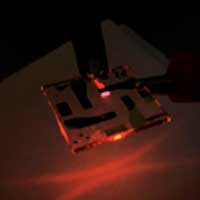 The advance allows engineers to control the direction and polarization of light from thin-film LEDs, paving the way for a new generation of virtual reality (VR) and augmented reality (AR) technologies.
The advance allows engineers to control the direction and polarization of light from thin-film LEDs, paving the way for a new generation of virtual reality (VR) and augmented reality (AR) technologies.
Feb 1st, 2021
Read more Titanium dioxide nanoparticles decorated by gold absorb about 96% of the solar spectrum and turn it into heat. The material can accelerate the evaporation in desalination plants up to 2.5 times and can track hazardous molecules and compounds.
Titanium dioxide nanoparticles decorated by gold absorb about 96% of the solar spectrum and turn it into heat. The material can accelerate the evaporation in desalination plants up to 2.5 times and can track hazardous molecules and compounds.
Feb 1st, 2021
Read more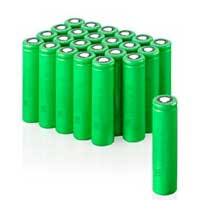 Researchers developed a multi-functional separator which allows the batteries to function even when the pouch cell is assembled in ambient air.
Researchers developed a multi-functional separator which allows the batteries to function even when the pouch cell is assembled in ambient air.
Feb 1st, 2021
Read more The development of pharmaceutical treatments is difficult -- clinicians and researchers know a certain drug can regulate particular functions, but they might not know how it actually works. Researchers have developed a new, streamlined method to better understand the molecular mechanisms underpinning these interactions.
The development of pharmaceutical treatments is difficult -- clinicians and researchers know a certain drug can regulate particular functions, but they might not know how it actually works. Researchers have developed a new, streamlined method to better understand the molecular mechanisms underpinning these interactions.
Feb 1st, 2021
Read more An intelligent material that learns by physically changing itself, similar to how the human brain works, could be the foundation of a completely new generation of computers. Physicists now have demonstrated that they can pattern and interconnect a network of single atoms, and mimic the autonomous behaviour of neurons and synapses in a brain.
An intelligent material that learns by physically changing itself, similar to how the human brain works, could be the foundation of a completely new generation of computers. Physicists now have demonstrated that they can pattern and interconnect a network of single atoms, and mimic the autonomous behaviour of neurons and synapses in a brain.
Feb 1st, 2021
Read more Researchers developed a hybrid supercapacitor which has a capacitor-type titanium carbide-based negative electrode and a battery-type graphene-hybrid positive electrode.
Researchers developed a hybrid supercapacitor which has a capacitor-type titanium carbide-based negative electrode and a battery-type graphene-hybrid positive electrode.
Feb 1st, 2021
Read more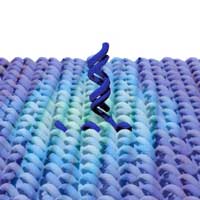 By cleverly designing single DNA strands that only fit together in certain sections, you can connect several double helices with each other and thus create complicated structures.
By cleverly designing single DNA strands that only fit together in certain sections, you can connect several double helices with each other and thus create complicated structures.
Feb 1st, 2021
Read more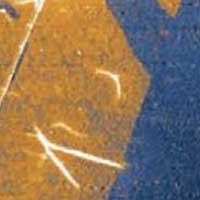 The incorporation of 2D semiconductors in multi-layer, solid-state structures on large scales would allow their integration into functional devices, with exciting potential use in compact, ultra-low energy electronics.
The incorporation of 2D semiconductors in multi-layer, solid-state structures on large scales would allow their integration into functional devices, with exciting potential use in compact, ultra-low energy electronics.
Jan 29th, 2021
Read more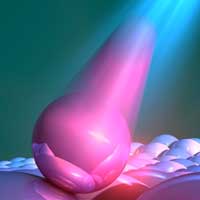 New research results offer exciting opportunities of hot electron harvesting by exploiting carrier-carrier, carrier-phonon and spin-spin interactions in doped quantum dots.
New research results offer exciting opportunities of hot electron harvesting by exploiting carrier-carrier, carrier-phonon and spin-spin interactions in doped quantum dots.
Jan 29th, 2021
Read more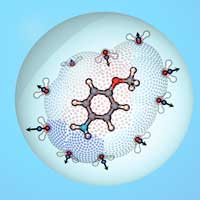 Researchers demonstrated a novel principle of actuation - to transform electrical energy into motion. This actuation mechanism is based on solvation, the interaction between solute and solvent molecules in a solution.
Researchers demonstrated a novel principle of actuation - to transform electrical energy into motion. This actuation mechanism is based on solvation, the interaction between solute and solvent molecules in a solution.
Jan 29th, 2021
Read more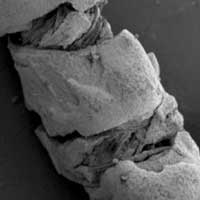 Engineers created thread sensors that can be attached to skin to measure movement in real time, with potential implications for tracking health and performance.
Engineers created thread sensors that can be attached to skin to measure movement in real time, with potential implications for tracking health and performance.
Jan 29th, 2021
Read more Scientists shed light on how the magnetic properties of 2D interlayers can enhance spin accumulation effects in thermoelectric heterostructures.
Scientists shed light on how the magnetic properties of 2D interlayers can enhance spin accumulation effects in thermoelectric heterostructures.
Jan 28th, 2021
Read more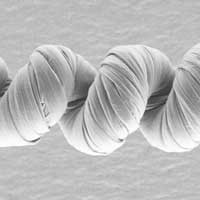 Electrochemically driven carbon nanotube muscles provide an alternative approach to meet the growing need for fast, powerful, large-stroke artificial muscles for applications ranging from robotics and heart pumps to morphing clothing.
Electrochemically driven carbon nanotube muscles provide an alternative approach to meet the growing need for fast, powerful, large-stroke artificial muscles for applications ranging from robotics and heart pumps to morphing clothing.
Jan 28th, 2021
Read more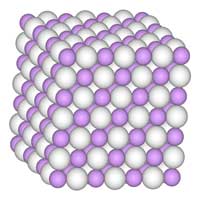 Researchers used ultrabright x-rays to identify lithium hydride and a new form of lithium fluoride in the interphase of lithium metal anodes.
Researchers used ultrabright x-rays to identify lithium hydride and a new form of lithium fluoride in the interphase of lithium metal anodes.
Jan 28th, 2021
Read more Researchers have designed a new way to deliver pancreatic cancer drugs that could make fighting the disease much easier. Encapsulating cancer drugs in nanoparticles shows potential to target tumors more effectively and avoid danger to other parts of the body.
Researchers have designed a new way to deliver pancreatic cancer drugs that could make fighting the disease much easier. Encapsulating cancer drugs in nanoparticles shows potential to target tumors more effectively and avoid danger to other parts of the body.
Jan 28th, 2021
Read more